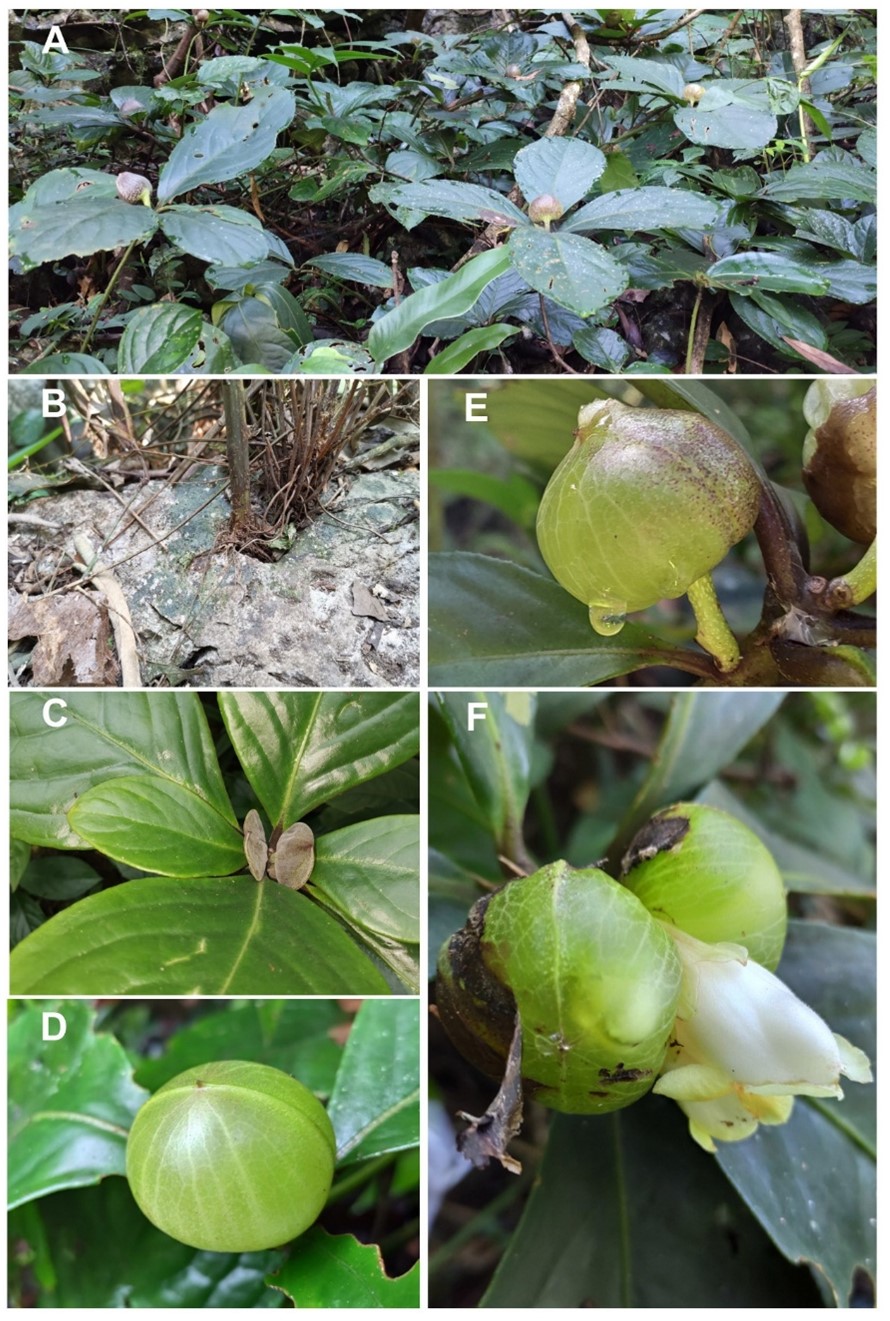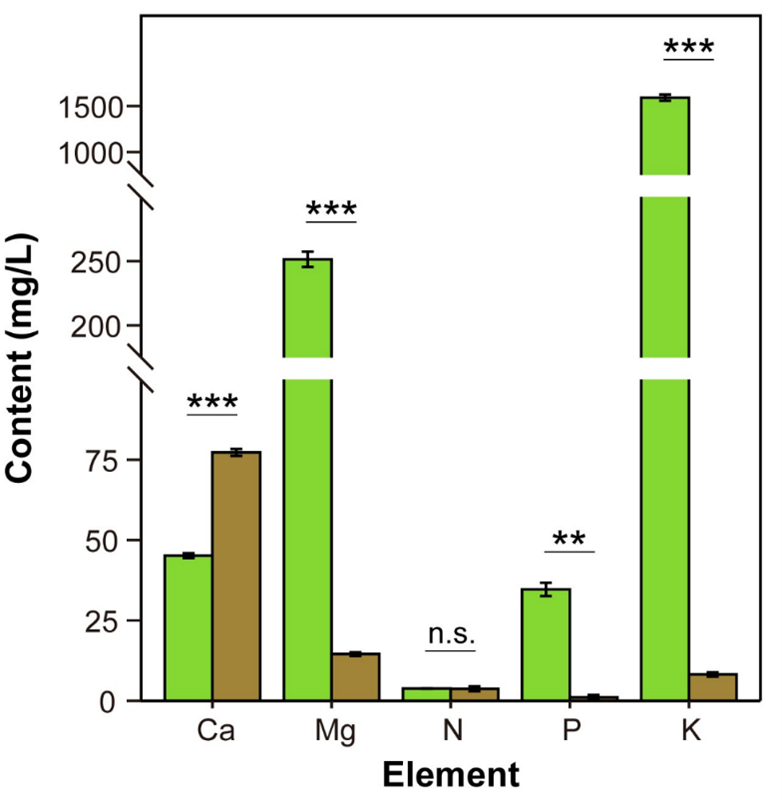Early developmental stages of most organisms (e.g., embryos or floral buds) exhibit highly environmental sensitivity, making the protection of vulnerable offspring and its evolutionary implications a central theme in life history studies. A typical example is the amniotic fluid in mammals, which creates a stable microenvironment throughout gestation.
Although primarily aqueous, this evolutionary innovation represents a pivotal adaptation in vertebrate development. Similarly, water plays multifaceted roles in plant floral development and pollination, from facilitating flower expansion to thermoregulation via transpiration.
While most species rely on tissue-embedded water (with rare exceptions forming rain-collecting cup- or bowl-shaped structures), no terrestrial plants had been reported to completely submerge floral buds in self-secreted liquid for protection.
Researchers from Kunming Institute of Botany, Chinese Academy of Sciences (KIB/CAS) reveals an extraordinary adaptation in Hemiboea magnibracteata (Gesneriaceae), a perennial herb endemic to karst limestone habitats of Northwestern Guangxi and Sothern Guizhou provinces, Southwestern China.
During early flowering, its two opposite bracts form fluid-filled global- or oval-like chambers containing up to 20 mL of stem-secreted liquid that fully submerges developing buds. Experimental fluid removal significantly increased floral abortion rates.
These fluid-filled structures function through three key mechanisms: Firstly, thermal buffering: decreasing bud temperatures by up to 3.6°C relative to ambient air temperature, crucial for heat-stress mitigation in karst microclimates. Secondly, calcium reservoir: containing 77.3±1.1 mg/L calcium (1.7× leaf concentration), aiding calcium mitigation in high-Ca²⁺ substrates. Thirdly, drought resilience: facilitating hydraulic redistribution to adjacent leaves during extreme aridity.

Figure 1 Habitat (A, B) and floral bracts (C-F) of Hemiboea magnibracteata. (Image by KIB)

Figure 2 Effects of fluid in womb-like bracts on flower development, flower temperature and leaf water potential. Percent of aborted flower buds among unmanipulated control bracts, bracts with fluids drained, and bracts with fluids replaced by purified water (left); Variation in daily temperature for flower buds immersed in fluid (control), for buds in bracts drained of fluid, and for ambient air close to flower bracts (middle); Variation in leaf water potential after dehydration between leaves with fluids in neighboring bracts drained and leaves with fluids in neighboring bracts intact. *** and * indicate significant difference at P < 0.001 and 0.05, respectively. (Image by KIB)

Figure 3 Contents (mean ± SE) of various elements in the fluid from leaves (green) and bracts (brown) of Hemiboea magnibracteata. *** and ** indicate significant difference at P < 0.001 and 0.01, respectively. (Image by KIB)
Phylogenetic analyses indicate that womb-like bract structure evolves multiple times independently within Gesneriaceae in China.
The discovery provides novel insights into plant adaptations to karst environments and the evolution of multifunctional floral bracts.
This work entitled "Amniotic fluid’ in womb-like flower bracts protects floral development and promotes drought resistance in karst habitats" was recently published in the journal National Science Review.
Prof. MA Yongpeng and YAO Gang from KIB/CAS, and Prof. REN Yongquan from Guizhou Minzu University are the co-first authors; Prof. SONG Bo and Prof. SUN Hang from KIB/CAS, and Prof. Spencer C.H. Barrett from University of Toronto are the corresponding authors. Dr. LIU Detuan, Dr. HUANG Wei, SHEN Yuanting, and Ph.D candidate XU Yuewen also contributed to the study. Field work was supported by Maolan (Guizhou) and Mulun (Guangxi) National Nature Reserves.
Contact:
YANG Mei
General Office
Kunming Institute of Botany, CAS
email: yangmei@mail.kib.ac.cn
(Editor: YANG Mei)




